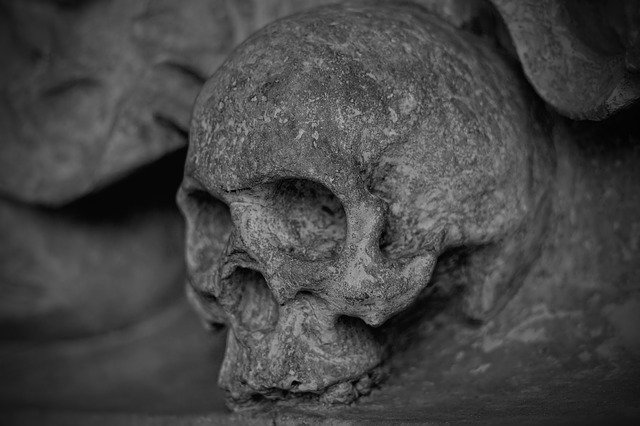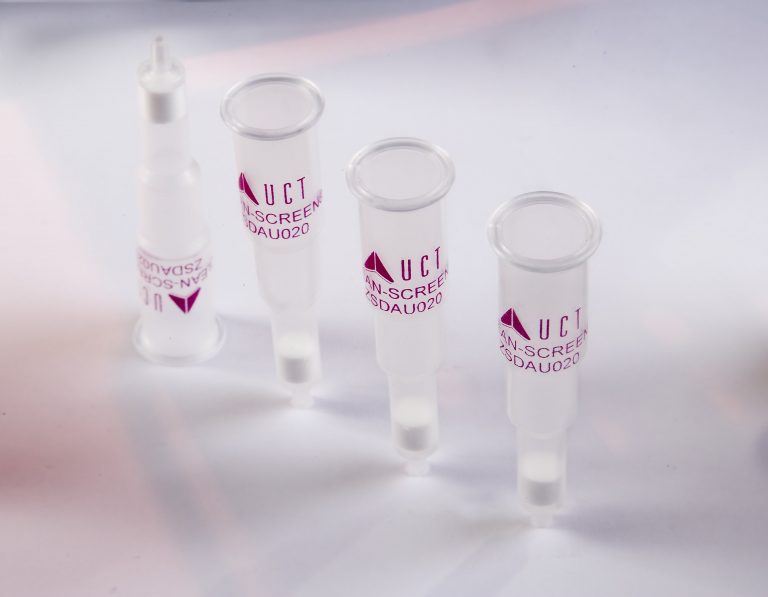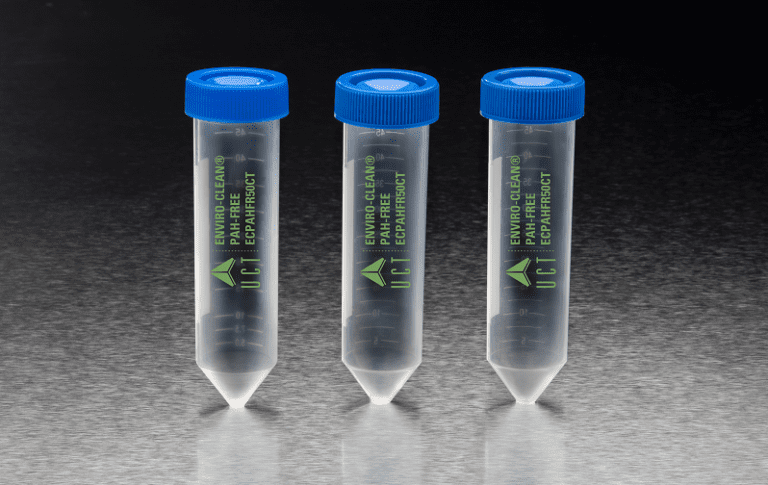UCT Clean Screen® DAU Sorbent the Go-to for Post Mortem Skeleton Analysis
The main aims of postmortem toxicological analysis are to determine the presence of possible substances in the corpses and their role in the cause of death. For that, conventional matrices typically used are blood, pericardial fluid, vitreous humor and urine, among others. However, in the field of forensic toxicology, there are many cases in which these biological samples are not available for the analysis. These are the case when corpses are found in an advanced state of decomposition, carbonized, mummified, embalmed or skeletonized.
In a recent paper authored by Lucia Fernandez-Lopez et al., published in Legal Medicine ((2020) 46 101717), UCT’s world famous Clean Screen® DAU (CSDAU203) was employed in the development of a validated method for the analysis of quetiapine and pregabalin in human bone samples. In this study quetiapine and pregabalin were analyzed in human bones. Bones were pulverized and subjected to the extraction protocol, and after undergoing solid-phase extraction (SPE) with CSDAU203, samples were analyzed using gas chromatography–mass spectrometry.
The authors then applied this validated method to bone samples from forensic cases. Drugs were detected in bone in 2 of the 3 blood positive cases. The approximate concentrations in bone were 40 ng per mg for pregabalin and 7 ng per mg for quetiapine.
In cases presented to forensic toxicology laboratories where the conventional samples (blood, urine, or tissues) are not available, forensic toxicologists are faced with extracting from difficult matrices such as bone. For this, they turn to a SPE sorbent with a proven record in efficiency and robustness, UCT Clean Screen® DAU.






